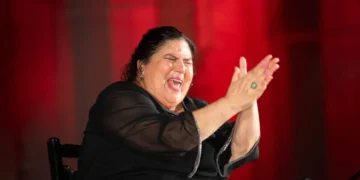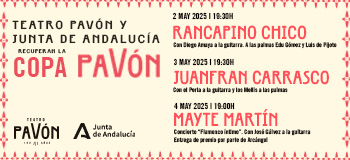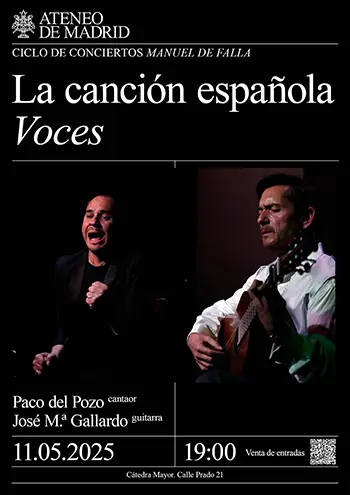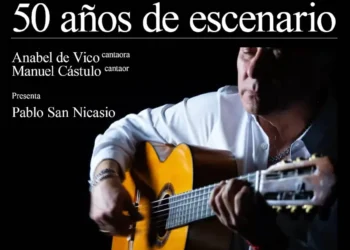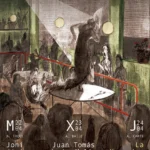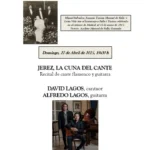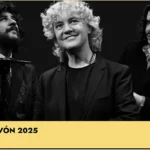|
Festival Flamenco de Nimes – 20 ans |
|
EL TIEMPO DEL DIABLO. Cante and guitar: Diego Carrasco. Chorus: Joaquina Amaya, Carmen Amaya, Samara Amaya. Guitar: Curro Carrasco de Navajita. Double bass: Ignacio Cintado. Electric guitar: Jorge Vidal. Drums: Juan Grande. Percussion: Ané Carrasco. Guest artists: Grupo Jarcha. Off-stage voice: Moraíto. Text: Estela Zatania ACQUIRED TASTES Diego Carrasco is like anchovies – you either love him or hate him. In the world of flamenco there may be artists who are more admired or famous than this man from the Santiago neighborhood of Jerez, but without a doubt none simultaneously so little understood by some. So here I am once again, trying to explain the unexplainable, namely: why is Diego Carrasco the essence of flamenco? Here in Nimes, France, he owns the city, so there is no more Diego-friendly place outside of his own neighborhood. But last night there was a divided audience in the lovely Nimes Theater where the closing of the twentieth anniversary celebration of the venerable festival is quickly approaching. People arrived predisposed to enjoy themselves, but some were not prepared for the heavily rock-oriented show, the apparent absence of recognizable flamenco forms and the insistent repetition of certain themes or choruses. At least those were the comments overheard upon leaving the theater.
So in order to receive what this man has to offer, you need to change the chip and rid yourself of preconceived prejudices. Flamenco has an aroma all its own which separates it from any other musical genre, and after the unmistakable off-stage voice of Moraíto, when that aroma begins to fill the air, the mysterious force that surrounds Diego Carrasco provides sustenance for an hour and a half of music, voice, pranks and charisma, always with the compás providing the impetus that moves everything else. The complicity of Las Peligros whose sweet voices contrast with the star’s hoarse croak, the communication between the musicians some of who are related, the surprising juxtaposition of the choral group Jarcha on flamenco voices and the elegant ways of the charismatic Diego Carrasco, are the elements that make this flamenco discourse run. Shortly afterwards, at the Odeón café cantante, there was cante of the most traditional sort to satisfy those who weren’t quite convinced about Carrasco’s perspective. In the first part, three young but experienced singers offered their art to a grateful and savvy audience. Rubio de Pruna with the very flamenco voice and the power that characterizes him, sang some personalized tarantos and an excellent set of soleá apolá with soleá por bulería accompanied by Antonio Moya and Paco Iglesias, although they didn’t seem to be on the same page guitar-wise. With the same guitarists, Jerez singer Manuel de Tañé did a fine job with tonás and siguiriyas and tientos tangos. Tomás de Perrate provided the pungent flavor of Utrera with soleá and tangos de Piyayo, one of the specialties of his father Perrate. With singers such as these, a bulerías ending was as obligatory as it was well-received. After intermission, the second part was a recital by Lebrija singer Inés Bacán, a lady more appreciated in France than in her own country, with her faithful accompanist Antonio Moya. In Lebrija and Utrera, fandangos are preferably sung por soleá, and that’s how Inés gave them to us. This was followed by a nana, soleá with the feeling of soleá por bulería, alegrías with styles from her great-grandfather Pinini, romance, another great Lebrija specialty, siguiriyas and bulerías. More information: Others reviews Nîmes 2010: More information:
|










